Heartburn and hiatal hernia
Transcript
Heartburn occurs when stomach acid backs up into your esophagus. When you swallow food, it travels through a tube called the esophagus. The esophagus leads into the stomach through an opening in a sheet of muscle called the diaphragm. At the bottom of your esophagus, there is a muscular valve called the lower esophageal sphincter. The valve relaxes when you swallow, allowing food to pass into your stomach. The esophageal sphincter is designed to close tightly after you swallow so that nothing comes back into your esophagus. Your diaphragm also is meant to squeeze securely around the esophagus, closing off the opening to your stomach. This prevents the passage of food and acid from your stomach into your esophagus. If the lower esophageal sphincter relaxes abnormally or weakens, stomach acid may back up into your esophagus. This is called acid reflux. Frequent acid reflux can irritate and inflame the lining of your esophagus, causing heartburn. Frequent acid reflux is called gastroesophageal reflux disease, or GERD. When muscle tissue surrounding the esophageal sphincter weakens, it can cause the upper part of your stomach to bulge up through the diaphragm into your chest cavity. This is called hiatal hernia.



